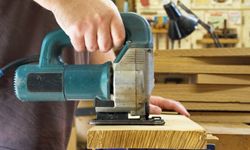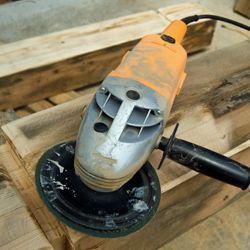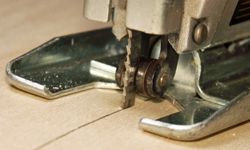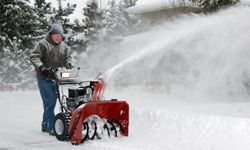The saber saw, also called a jig saw, is most recognized for its ability to maneuver tight corners and cut curves in wood. But it can cut through other materials, too, such as metal, drywall, rubber, leather and asphalt. Most problems people have with this machine are caused by their misuse of it. Poor practices often make it overheat and eventually burn out prematurely. Let the motor reach maximum speed before engaging the blade in the work piece. Adjust the speed according to your material: faster for softer surfaces, slower for hard mediums. If you notice spots with wood burns, it's time to sharpen the blade. If you don't have the right tools, hire a pro to sharpen it for you. Sharp blades are important. Dull ones can cause the motor to overheat, lose power or stop working altogether. Blunted blades also can make the saw rattle excessively or bend, break or jam. Eventually, when sharpening a blade doesn't make it sharp enough, just replace it. Unplug the saw after each use, and use a toothbrush to clean the roller, collar and base of the blade shaft assembly. Using compressed air, blow air through vents. Remember to service the blade shaft assembly annually.





